Lidl and Direct Line published case studies have had enormous impact in marketing analytics and the way we think about brand building. The below has been discussed at a recent seminar at WARC.
The struggle to actually prove the long-term effects of brand investment on the business bottom line means terms like “brand equity” often sound like a fudge by marketers to explain the lack of a short-term sales boost.
But Nic Pietersma, Business Director for Advanced Analytics with independent marketing and media consultancy Ebiquity, says the fact it’s hard to measure the effect of investing in brands doesn’t mean the effect doesn’t exist.
At the Lessons from the WARC Rankings 2019 event (London, May 2019), he showed how retailer Lidl and insurance business Direct Line Group had both, in different ways, generated compelling evidence that investment in brand building had an effect on new customer recruitment and, in the case of insurance, willingness to pay for a more trusted brand.
But he cautioned against expecting investment in brand to work like a sausage machine, with output directly proportional to input or, in the case of brand building, spending.
It’s not just about deciding how much investment to put in and how much brand equity you’ll get out,” he said. “In order to make a difference to your brand, you actually have to change the way consumers think about the brand.”
He described how Lidl was best known for value around 2012, with press advertising and flyers focusing on the chain’s low prices. But Lidl was not well known for quality, and many people just couldn’t picture themselves shopping there.
In 2014, the brand began national TV advertising showing situations in which people were filmed tasting appealing food and talking candidly about how much they enjoyed it, before it was revealed to have come from Lidl.
The “Taste Test” campaign, focusing on the surprisingly good quality of Lidl food, added 2.2% to Lidl’s market share over four years; to put that in perspective, the brand had gained 3.1% market share over the previous 20 years, largely as a result of expanding the number of stores.
Pietersma said:
It wasn’t a ‘money in, brand equity out’ situation. It was a strategic decision that resulted in better sales revenue. The new brand position supercharged the rate of growth.”
Slow burn
Data proving the value of investing in brands at Direct Line Group came about as a result, not of launching an advertising campaign or increasing the budget, but from cutting the ad budget entirely.
Pietersma explained:
Usually, brands don’t do this, at least not lightly…. but something happened in insurance: the growth of price comparison web sites,”
DLG made the strategic decision in 2010 to “turn off the taps”, stopping all above-the-line advertising for its general insurance brand Privilege. The company continued to track both sales and brand awareness over the years that followed, and was able to see a “glide path” in both, down from a high point at the height of ad investment, to a lower baseline level.
The drop was not immediate; the effect of previous marketing investment in the brand had a lingering effect on not just brand awareness but also the volume of quotes and sales – but only for between two and three years.
There was a tangible measurement of the fact that they’d disinvested in their long-term brand support.”
The fact that DLG has a portfolio of insurance brands enabled the business to track several of its brands side by side and see the performance of each on price comparison web sites. Around 80 to 85% of consumer insurance is now bought through such sites, and usually people buy the most competitively priced product they are offered.
Pietersma observed:
You would think, in an environment like this, investing in building your brand, is perhaps a bit of a waste of money,”.
You would rather just lower your prices to become more competitive, but in actual fact, DLG found some data that made a really compelling case for having a brand in a very price-competitive environment.”
DLG was able to track one of its best-known brands, Churchill, against a somewhat less advertised brand in the family, Privilege, to see whether the lowest quote always won the business. It found that in cases where Churchill’s quote for motoring insurance was slightly more expensive than Privilege, people were opting to pay a small premium for the better-known brand.
The amount is small, but the volume of sales makes a huge difference to the business; between September 2015 and June 2016, the “brand advantage” Churchill maintained on price comparison web sites was responsible for 37% of all sales.
The key insight for us is that it only takes a nudge to have a very large effect,”“The more aware you are of a brand, the more likely you are to trust it.” This is especially so in the insurance category.
Unlike DLG, which had a stronger brand and a weaker brand it could monitor together, most brands don’t have twin data streams to prove that stronger brands are more appealing to consumers, even if priced at a premium.
It’s not that the long-term brand effects don’t exist, it’s the fact that they’re so hard to measure,”.
Beyond the insurance sector, Pietersma suggested that the link between brands, trust and sales was only going to intensify, in an increasingly price-transparent marketplace.
That signal of trust is going to become more and more valuable. And particularly as stores lose some of their brick-and-mortar presence in our lives, increasingly, your brand is going to become like your shopfront. It’s going to become the thing that consumers know.”
He set out the four key lessons from both these cases for other brands in how to regard – and measure – the results of their brand investment:
- It’s perfectly acceptable to be skeptical about long-term brand narratives and claims about the percentage you should put into brand building versus your short-term budget. There’s no substitute for a case-by-case evaluation and finding out for yourself what’s working and what isn’t.
- Long-term effects can be transformative. But you really do need to change the way your consumers think about your brand. It isn’t a sausage machine.
- Marketing effectiveness in the long term is hard to measure, particularly for established brands, but that doesn’t mean it’s not there.
- When talking about the value that long-term brand equity can bring to your brand, it’s not just about additional volume. It’s about understanding the consumer’s willingness to pay a premium for your brand. It’s about the volume in other years and probably a host of other subtle effects we don’t usually get to in standard short-term analysis.

